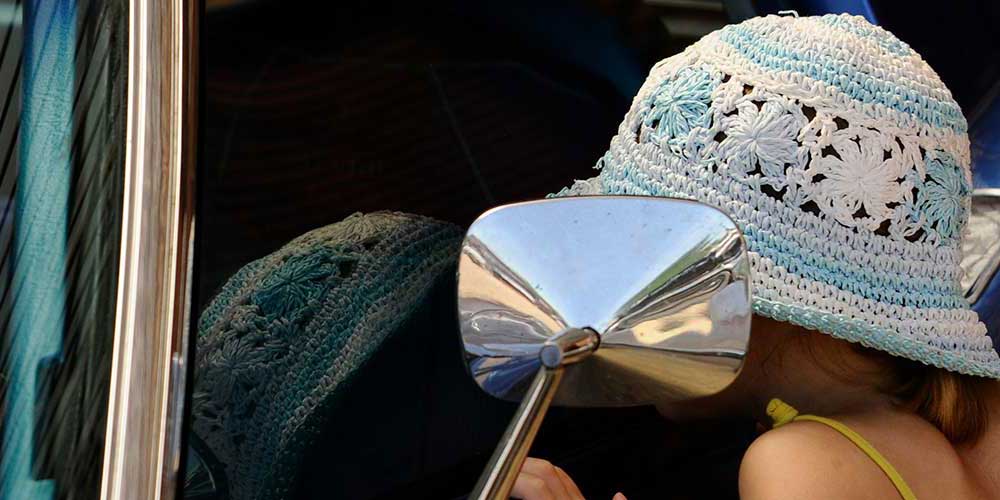By: Robert Tate, Automotive Historian/ Researcher
Images: Courtesy of The National Automotive History Collection
Posted: 01.27.2015
On February 15, 1968 American Motors Corporation announced details of their new production model, the AMX. It was a racy two-place sports coupe that offered many of the design characteristics of a high-performance sports car. The model was conceived as a unique addition to the expanding field of personal cars for American Motors product line. Also the AMX proved to be a practical next step up for the sports car enthusiast who had placed a high volume on handling and performance. The AMX was truly the ideal sports car. (For more information on the production AMX model please see story of the week AMX by American Motors 12/12/11).
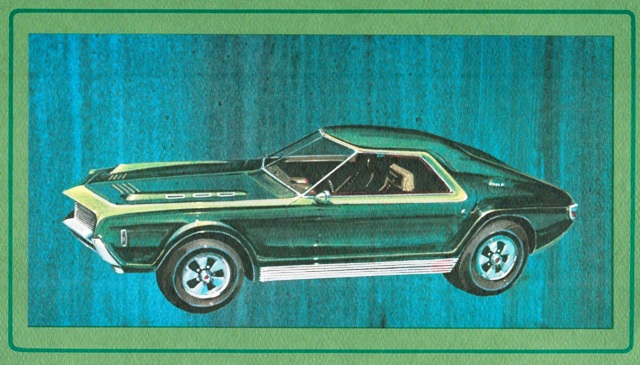 AMX Sketch Proposal
AMX Sketch Proposal
The AMX concept model was under the direction of Charles (Chuck) Mashigan and the late Richard A. Teague; it was Teague who recommended that the concept model be called the AMX. Other members included in the AMX project teams were Bob Nixon, American studio manager, Fred Hudson, Chief Stylist exterior, Eric Kugler, Bobby Evans, and Frank Lindsey. The journey for the AMX model started out as simply a prototype designed yet eventually would amaze many car fans.
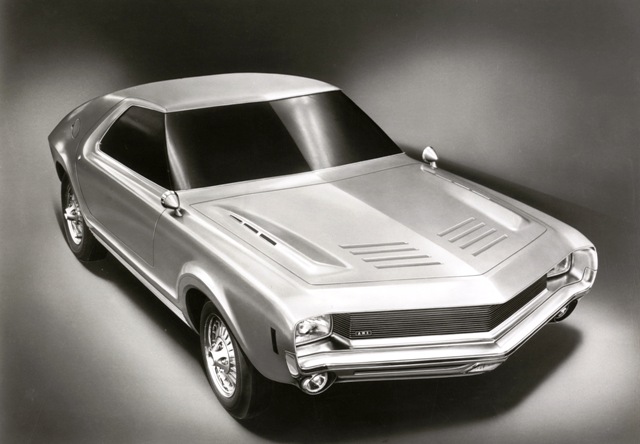 AMX Concept Car Model
AMX Concept Car Model
American Motors’ automotive styling department had created four distinctive experimental prototype designs which were shown to select audiences across the country in a series of project IV surveys called (survey-previews); they were called the idea cars. Some of their advanced features and styling were also used and developed on future American Motors products. However, the main objective of these showings was to test reaction to the ideas expressed in four popular design proposals. The series included the Vignale (the AMX prototype), Cavalier, AMX II, and the Vixen. The Vignale AMX was the most popular idea proposal from the group. The Vignale AMX concept model was conceived in 1965 and in 1966 and was designed and produced in fiberglass material with no running engine. Later, an all-steel model was developed and was built by an Italian coach-builder within 78-90 days.
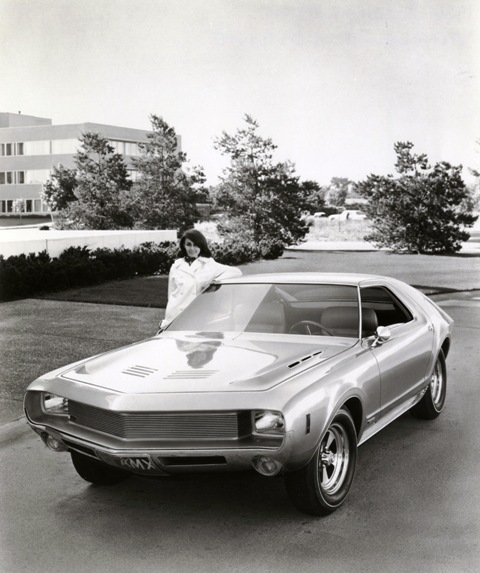 AMX car model front view
AMX car model front view
The model featured a number of unique features that included hidden A pillars and a Ramble seat design located in the back, along with a 290 cubic-inch V-8 typhoon engine. The model also offered a cantilever roof with an integral roll bar. In addition to the Ramble seat design this prototype model had a fold down contoured rear seat for its customers. The sporty fastback had a wheelbase of 98 inches. From that first idea model conceived in the summer of 1965 to the last production model built in 1970, the company featured 12 different cars, most of them prototypes, which carried the AMX name plate. The companion prototype in the Project IV group, the AMX II, was a modified version of this original design. This model was created by the late Vince Gardner.
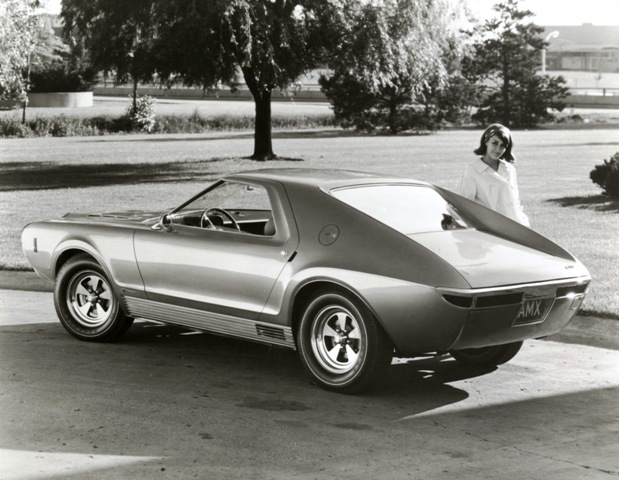 AMX car model rearview
AMX car model rearview
From design to reality, the AMX received great applause on the street as well as on the racing track. To launch the AMX model, American Motors featured a great marketing campaign that was developed for the auto-dealers. Throughout the United States, from February 15 to March 22, 1968, the AMX marketing team unveiled the new AMX model to the dealers in their show called “Mission AMX”. Guy Hadshall Jr., Merchandising Manager, was responsible for these special events. The AMX model also received the “1968 Design Review” award for Excellence of Design which was dedicated to Chuck Mashigan and Bob Nixon.
Unfortunately, the two-seater sports coupe had limited sales and was dropped after only a three-year run. Today, the AMX models are remembered as an American sports car icon that sported an innovative packaging design and was very well received by the consumer market. To this day, the model still has a huge following and has been given a lot of recognition as one of America’s best muscle cars of the 1960’s.
A special thanks to Robert Tate, Automotive Historian and Researcher, for donating the story to the MotorCities Story of the Week program. Photographs are courtesy of the National Automotive History Collection. (Bibliography: Zinn II C. L. “AMX Photo Archive From Concept To Reality. 2002. Marquez J. Edrie. “Amazing AMC Muscle”. 1988.)
For further information on photos please visit http://www.detroitpubliclibrary.org/ or email This email address is being protected from spambots. You need JavaScript enabled to view it.. Please do not republish the story and/or photographs without permission of MotorCities National Heritage Area.
If you would like to contribute an article for the MotorCities newsletter, email This email address is being protected from spambots. You need JavaScript enabled to view it. or call 313-259-3425.


